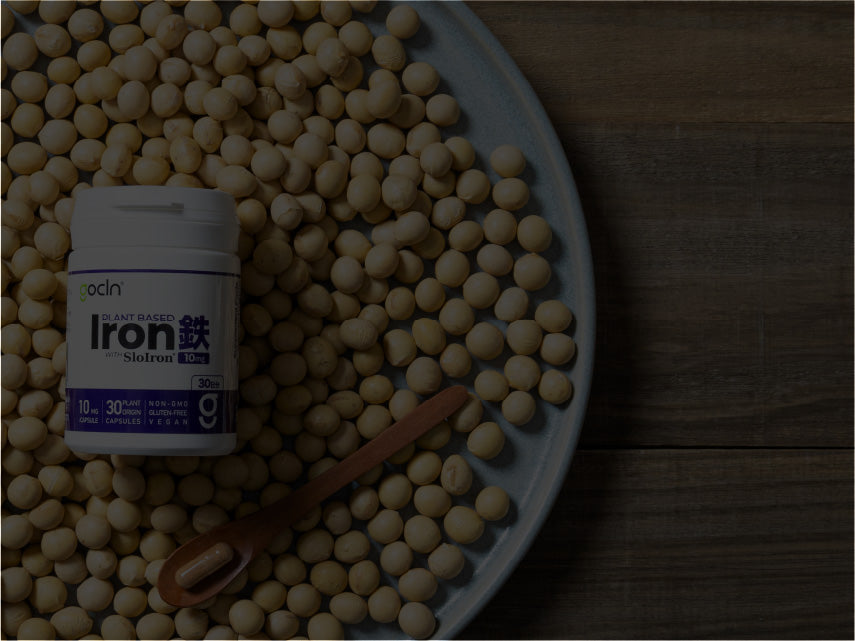Consumption of a Specially-Formulated Mixture of Essential Amino Acids Promotes Gain in Whole-Body Protein to a Greater Extent than a Complete Meal Replacement in Older Women with Heart Failure
Il-Young Kim et al.
Nutrients. 2019 Jun 17;11(6):1360. doi: 10.3390/nu11061360.
Abstract
Heart failure in older individuals is normally associated with a high body mass index and relatively low lean body mass due to, in part, a resistance to the normal anabolic effect of dietary protein. In this study we have investigated the hypothesis that consumption of a specially-formulated composition of essential amino acids (HiEAAs) can overcome anabolic resistance in individuals with heart failure and stimulate the net gain of body protein to a greater extent than a commercially popular protein-based meal replacement beverage with greater caloric but lower essential amino acid (EAA) content (LoEAA). A randomized cross-over design was used. Protein kinetics were determined using primed continuous infusions of L-(2H5)phenylalanine and L-(2H2)tyrosine in the basal state and for four hours following consumption of either beverage. Both beverages induced positive net protein balance (i.e., anabolic response). However, the anabolic response was more than two times greater with the HiEAA than the LoEAA (p < 0.001), largely through a greater suppression of protein breakdown (p < 0.001). Net protein accretion (g) was also greater in the HiEAA when data were normalized for either amino acid or caloric content (p < 0.001). We conclude that a properly formulated EAA mixture can elicit a greater anabolic response in individuals with heart failure than a protein-based meal replacement. Since heart failure is often associated with obesity, the minimal caloric value of the HiEAA formulation is advantageous.
Keywords: aging; anabolic response; protein quality; sarcopenia; stable isotope tracer.




